The Shetland duck is a small, critically endangered breed of duck, one of the rarest breeds in the world.
They are so rare that there is currently no breed club or standard. Misinformation and contradictions about them abound throughout the web, partly because some people assume ducks to be Shetlands when they merely share some physical characteristics. There are many non-Shetlands that are mistaken for Shetlands. Also, there is a lot of variation even within the breed. There are very few reliable, dedicated Shetland breeders.
The Shetland duck originated from the Shetland Islands off Scotland. Their resemblance to the Pomeranian and Swedish duck hints to a possible common ancestor.
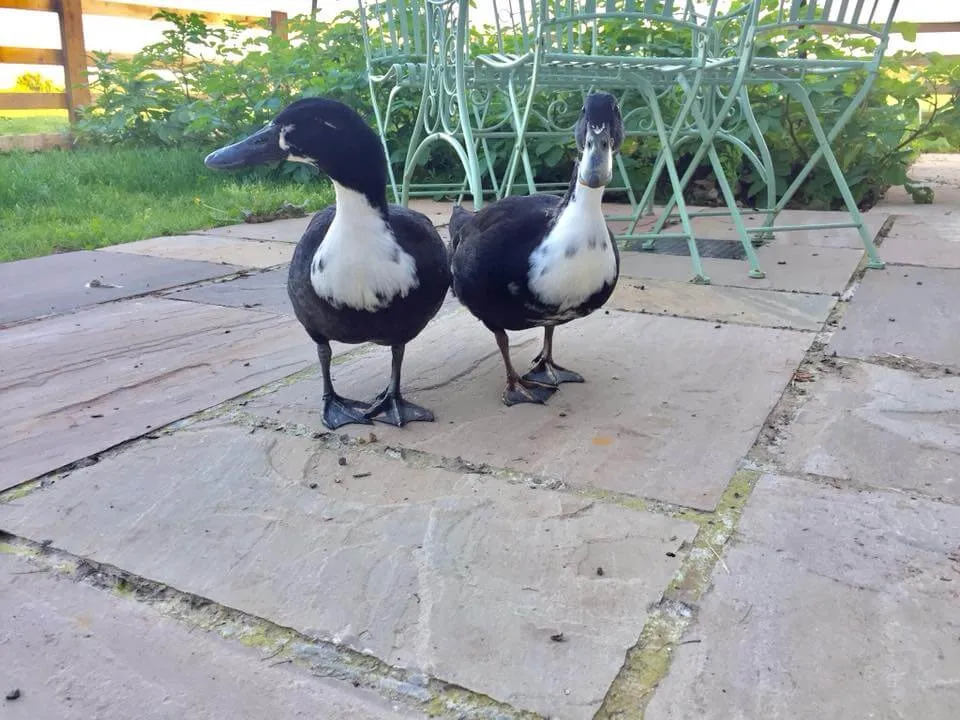
A Shetland duck and drake.
Shetland ducks are a small light breed of duck. Drakes weigh about 4.4 lb (2 kg) and ducks weigh about 4 lb (1.8 kg).
They lay about 150 eggs a year (although some strains lay far less and some lay far more) and tend to go broody easily. Their eggs are extremely large and are usually white or grey, sometimes even green.
They’re very active and are excellent foragers, easily able to find much of their food requirements through independent foraging.
They are considered calm and friendly. They are extremely cold-hardy and long-lived, easily capable of living into their twenties.
A cute newly hatched Shetland duck:
Shetlands do not usually fly, but some are capable of becoming airborne.
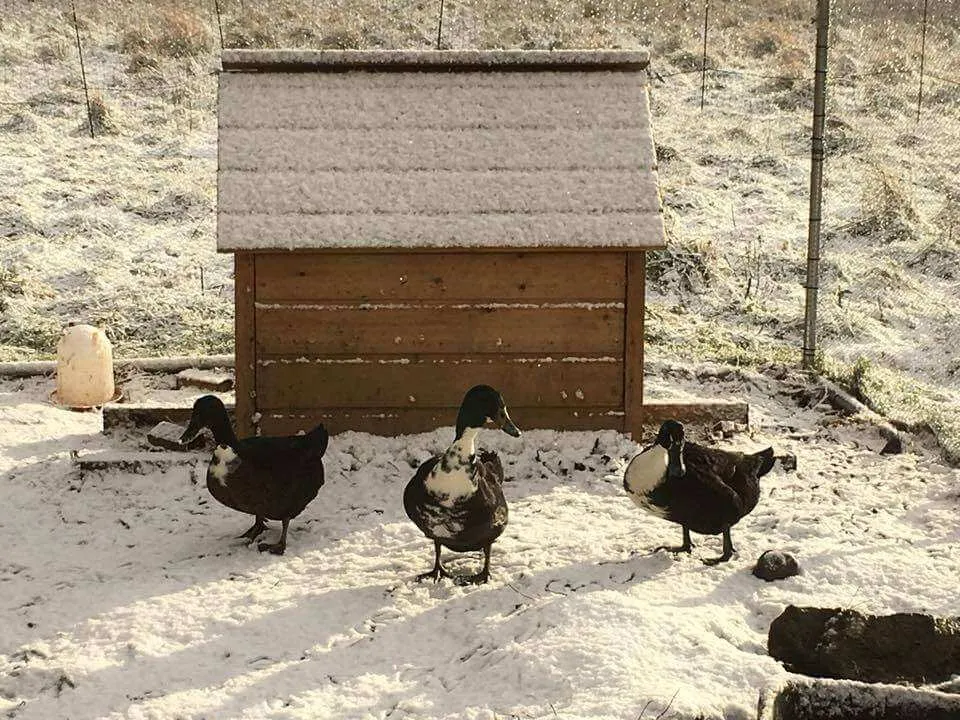
Three happy Shetland ducks in snow.
Shetland Duck Color
They’re black ducks (although their feathers often appear iridescent metallic green), usually with a white bib, although some individuals lack this bib. Some Shetlands gain more white feathers as they age.
Purebred Shetlands do not have white primaries; any that do likely have some Black Swedish in their lineage.
Their bill and foot color is sex-linked. However, there seems to be some variation among various bloodlines of Shetlands. Normally, ducks have black (or brownish black) bills and feet, while drakes have dark olive green bills, sometimes partially yellow, and black feet, sometimes blue/greenish, often with spots of orange.
Mary Isbister, who, in the 1980s, set out to rescue the indigenous Shetland duck from extinction, also researched the breed and proclaimed that drakes should have predominantly black feet, and too much orange is a fault.
The Shetland duck needs help. If it wasn’t for Mary Ann Isbister, they would be gone. But now they need someone else to breed them and help to proliferate them to a degree that a breed club and standard can be officially created.
Anyone interested in owning and breeding the Shetland duck may want to join the Shetland duck group on Facebook: https:
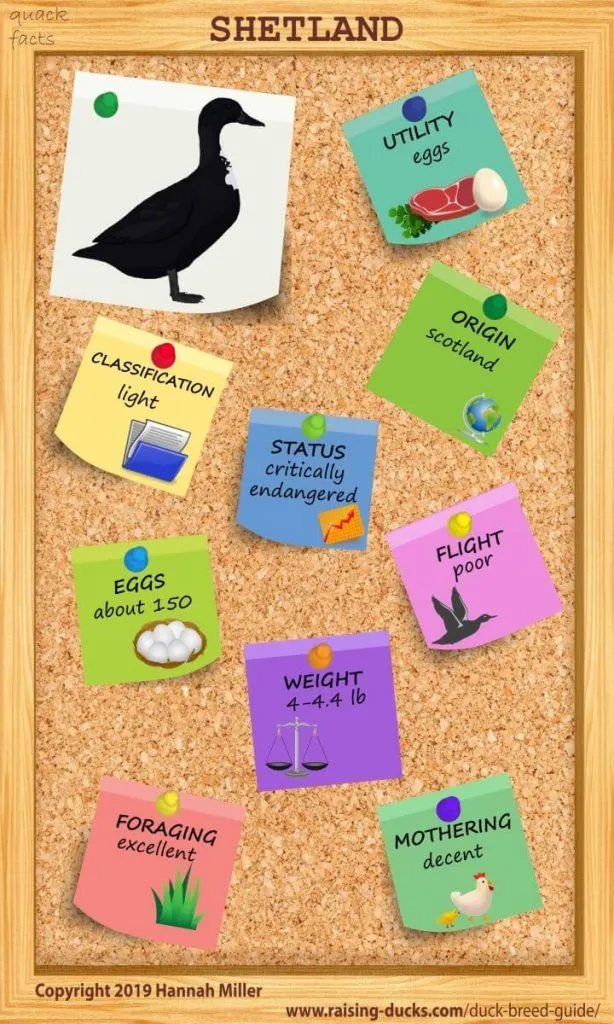
GALLERY
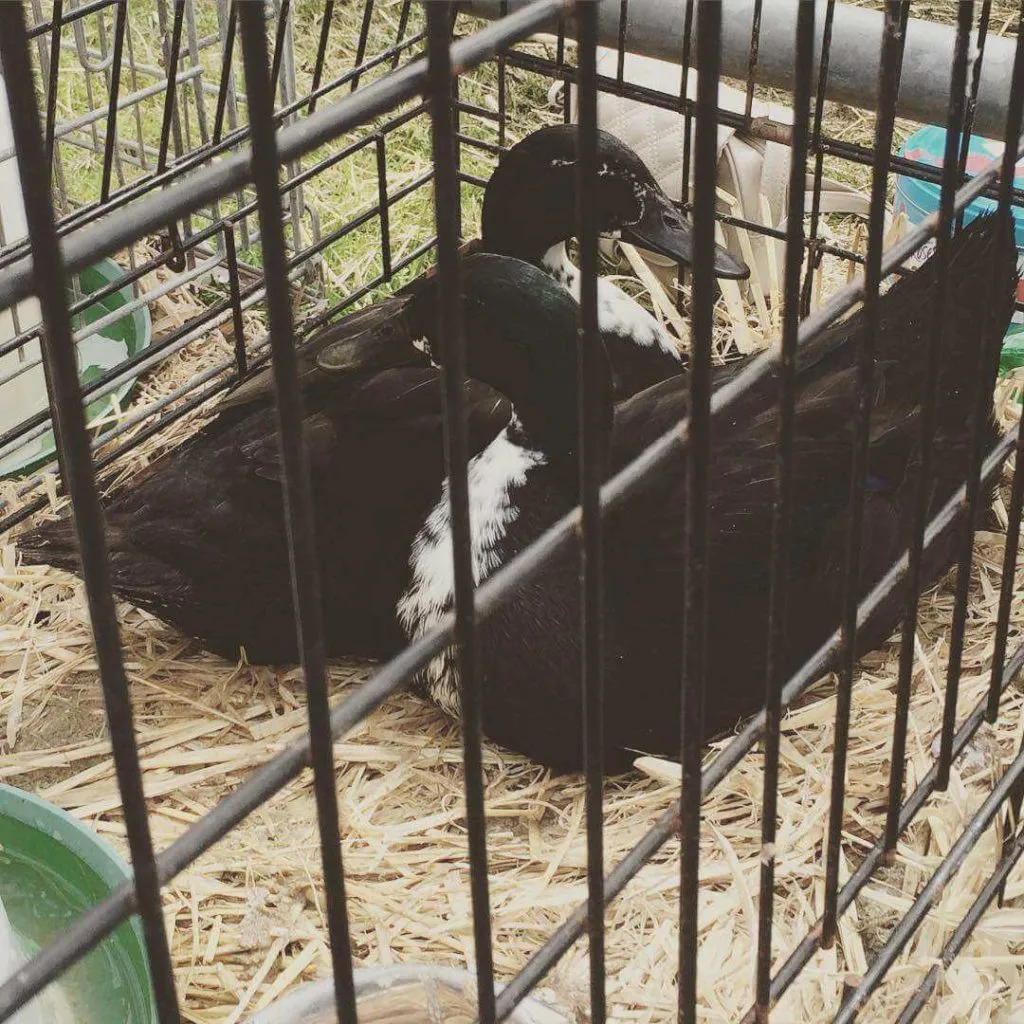
Two Shetlands, a duck and a drake, at the Perth Show in Scotland in 2015.
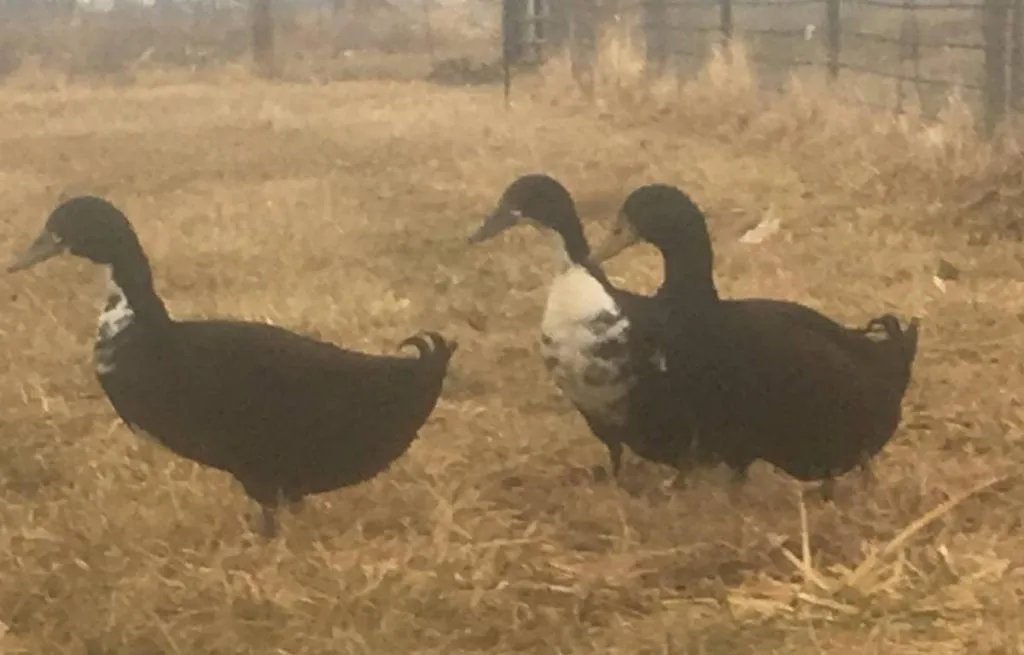
Two drakes and a duck (center).
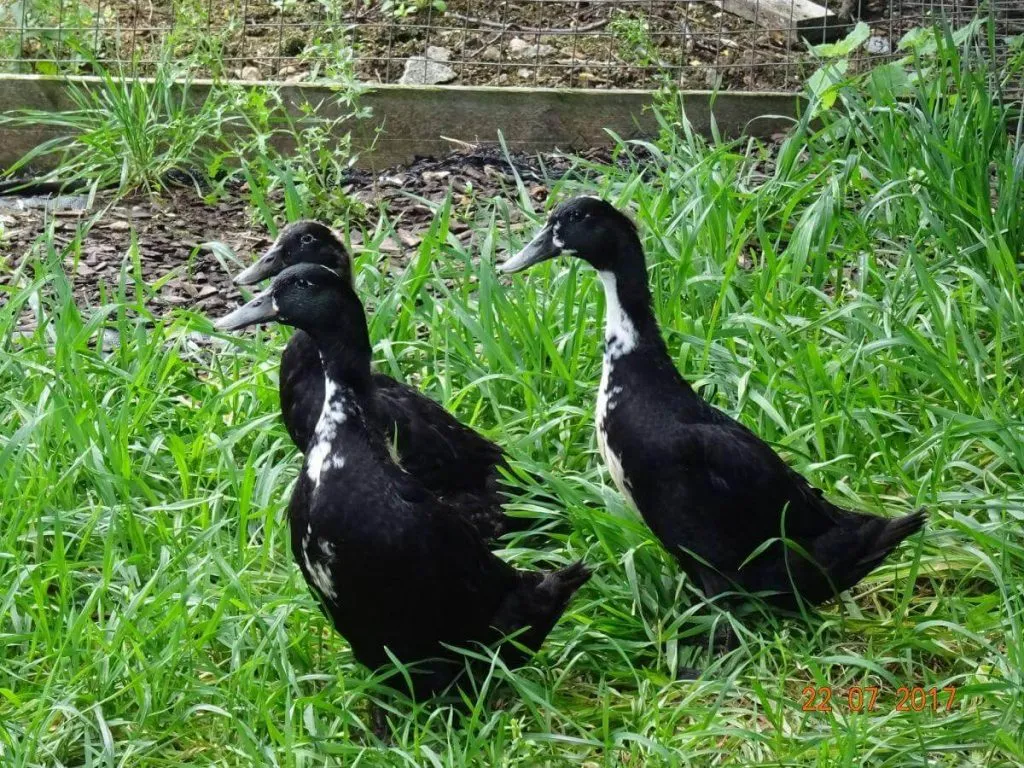
Three Shetland ducks.
Leave a comment
Your email address will not be published.